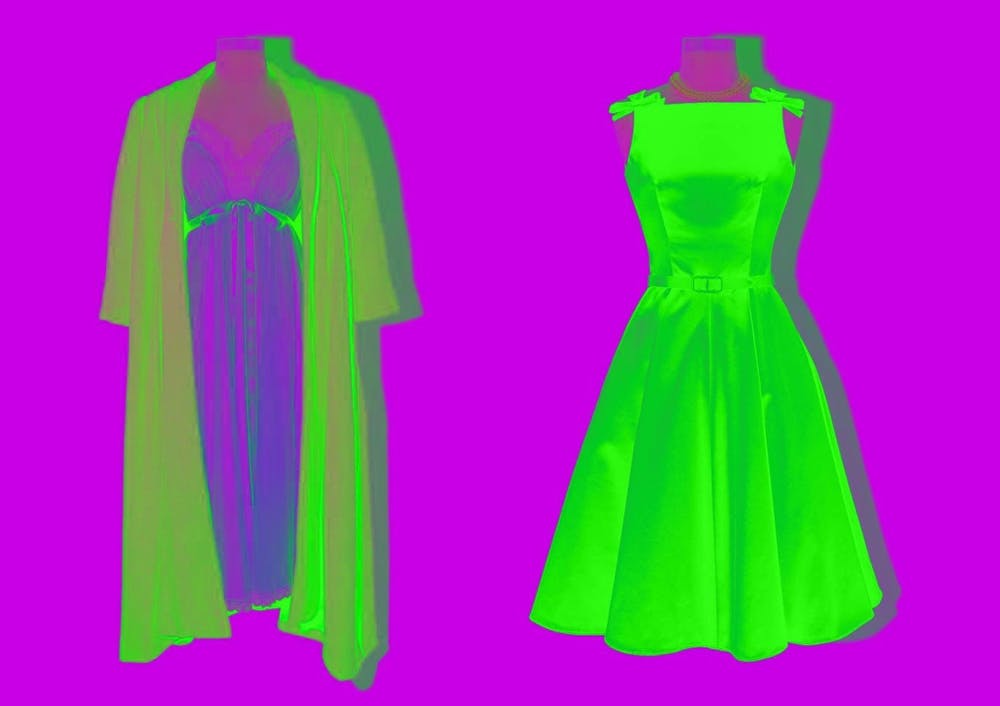We're all too familiar with the classic “Who Wore it Better?”—the pitting of celebrity against celebrity wearing the same item of clothing. I first remember seeing this when I was very young and standing in the check–out line at the grocery store. I'd always take a look at these “contests” in magazines as my parents unloaded the contents of our cart onto the conveyor belt.
In theory, the idea of a fashion competition doesn't bad. Comparing how two different people style the same item can be a fun way to show its versatility. Some might argue that it's a matter of who styled it better—who found the best jewelry, purse, and shoes to complete the outfit. There’s nothing wrong with a fashion styling contest like this.
However, the particular tradition of "Who Wore it Better?" can have negative implications. Since the idea rests on two people wearing the same exact thing, it's not a judgement of fashion or who created the better outfit—it's a judgement based almost entirely on the physical appearance of the people wearing it.
The biggest problem with these polls is the potential for a beauty or body competition. With nearly identical outfits, it's easy to fall back on judging the appearance of the people wearing the clothes. Is the dress too baggy on her? Are the pants too tight on her?
It can often be difficult to avoid having these thoughts, but we should make an active effort to do so. In addition to being an unfair—and even problematic—comparison of two people, these judgements can be very harmful to our self–image, too.
While many industries are making efforts to be more inclusive of different body types, extreme editing in the media persists. When we see “perfect” people on magazine covers, photoshopped to have unrealistic measurements and flawless skin, it's difficult to feel good about ourselves and to remember that usually the photos are altered. It's practically unavoidable to make these comparisons. The ease with which “regular” people can do this on social media makes it difficult to not compare ourselves to our friends as well. We're constantly checking if we measure up to the media we see.
Unfortunately, when we compare ourselves to others, especially as children and teenagers, it can have a negative impact on self–esteem and body image. Research has found that adolescents with eating disorders engaged in an alarming amount of body–related social comparison, highlighting how dangerous this seemingly mindless activity can be.
So, let's think more deeply about this. We're constantly flooded with media portrayals of perfection. We also know that it's extremely difficult to avoid comparing ourselves to these images. Not only do we have a picture to compare ourselves to, but the media is also telling us that they don’t deem this image or person to be worthy. This can be a vicious cycle that can have detrimental effects on self–worth and body dysmorphia.
“Who Wore it Better?” posts propel the notion that physical appearance is the most important attribute about a person, and that it should be scrutinized. Fashion should be used for empowerment rather than for comparisons and judgments.
So next time you see a “Who Wore it Better” poll in your feed or the pages of a magazine, try to avoid making a comparison—between the two celebrities or to yourself—and remember that it's unfair and unrealistic. Let’s build each other up and use fashion as a way to promote confidence rather than disparagement.

